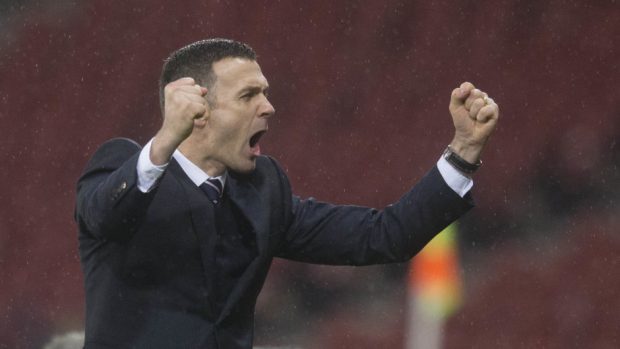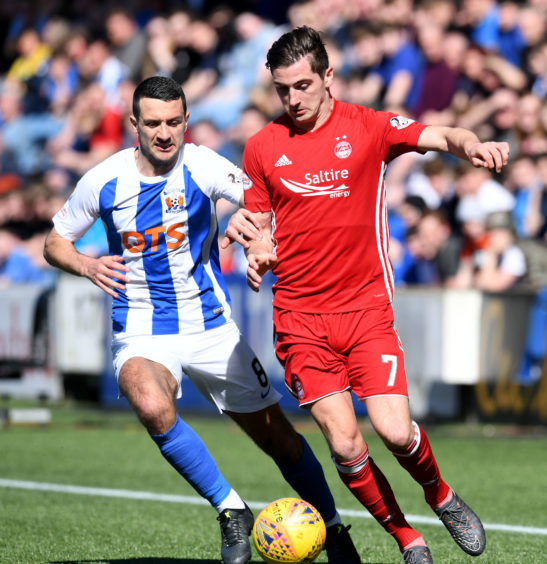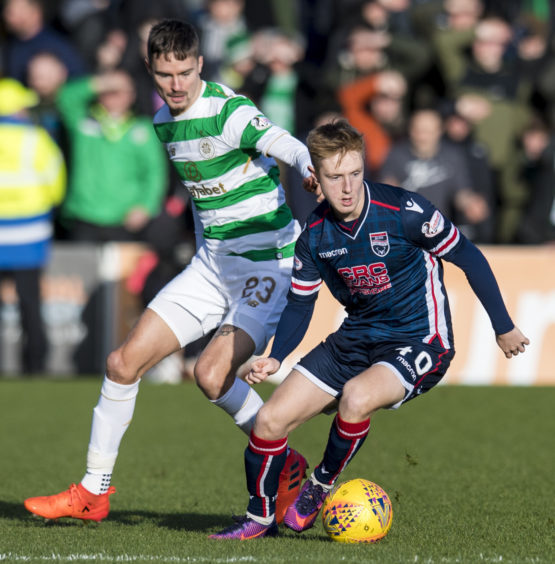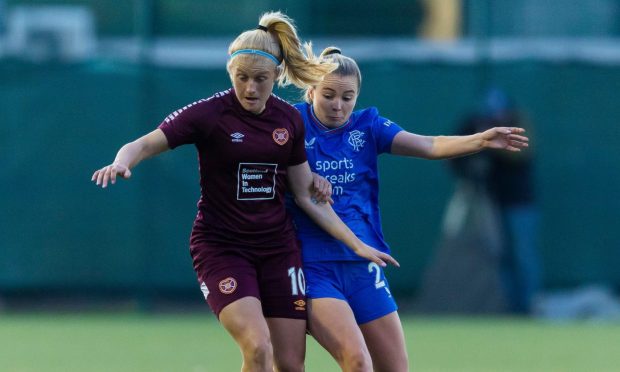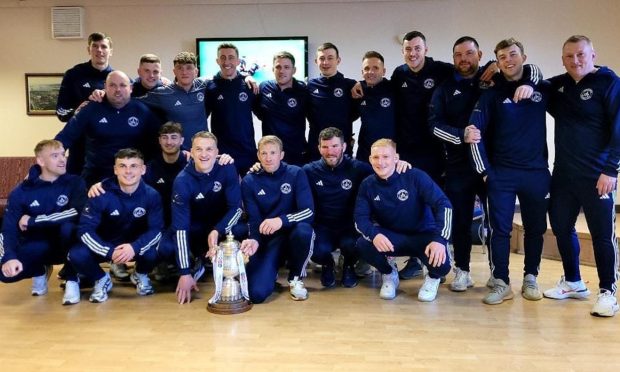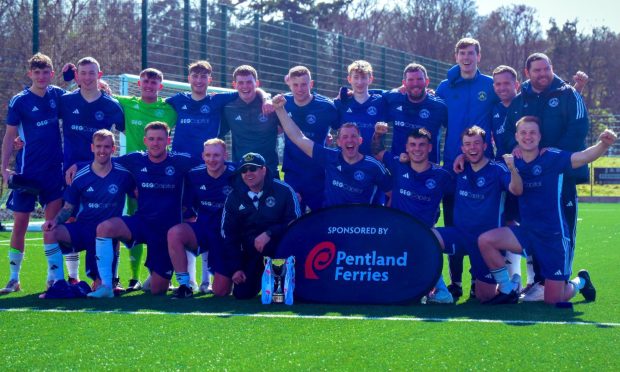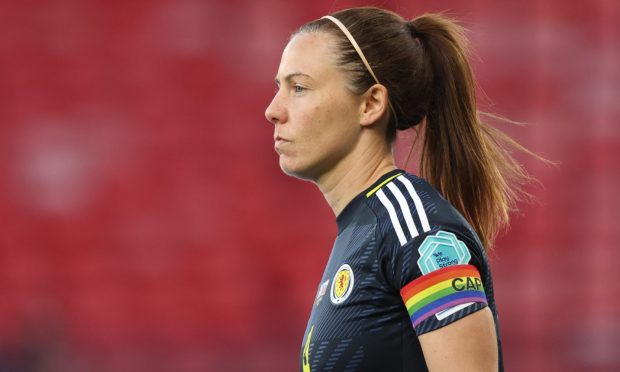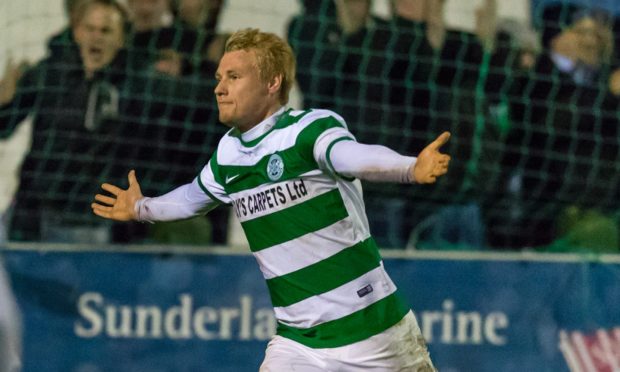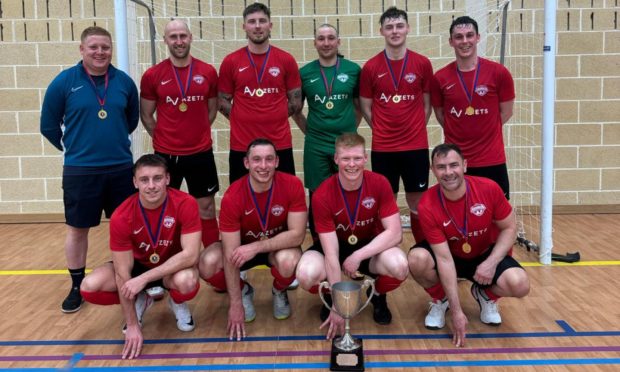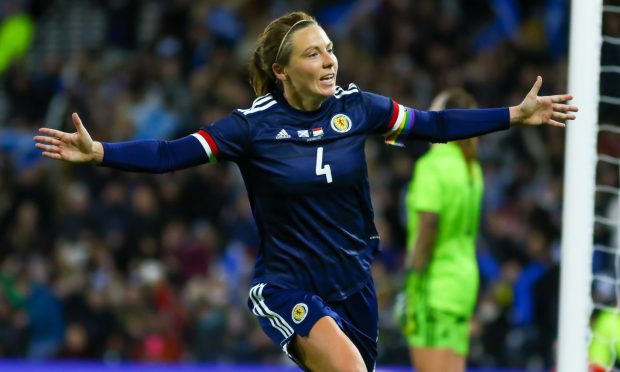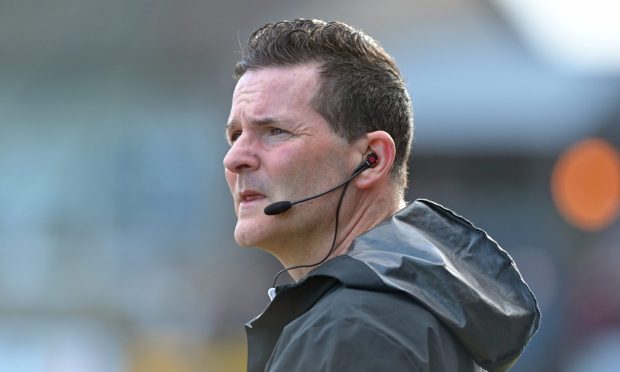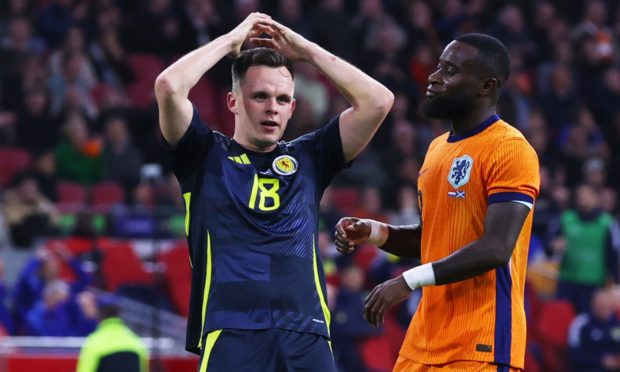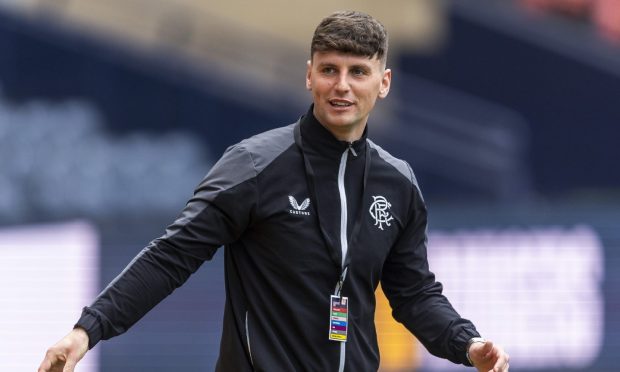Despite the fact it is now 20 years since the top-six split was introduced into Scotland’s top flight, it would be fair to say the jury is still out.
The curtain comes down on the Scottish Premiership season this weekend and the 6-6 split has worked well to heighten the level of drama.
After all, there is still all to play for in the race for second between Aberdeen and Rangers and at the bottom, Ross County and Partick Thistle are still battling it out to avoid the drop.
This fact is usually quickly forgotten in the build-up to the release of the post-split fixtures being released, however.
Shouts about sporting integrity are flying all around as well as the question of why we persist with a structure that has the potential to put some teams at a competitive and financial disadvantage by making them play key rivals for position three times away and only once at home.
We asked Press and Journal sports editor Danny Law and reporters Paul Third, Andy Skinner and Jamie Durent to give their take on the controversial structure.
And guess what? They’re split.
Should Scottish football ditch the split and bring in a new league structure?
YES
Paul Third: “We’re set for a pulsating finish to the Scottish Premiership as the fight for second place and the dogfight for survival at the bottom reaches their climax but do not let the drama at the end of the campaign fool you – change is long overdue in Scotland’s top flight.
“Sadly, money talks and I don’t think we will see a brave new dawn in terms of an expanded Premiership any time soon.
“The TV companies want their fix of Celtic and Rangers which means as many matches between the two they can show, the better.
“Club owners do not want to forsake two home games a season against the bigger teams either.
“That’s why we will not see turkeys voting for Christmas, but honestly, change has been needed for a long time.
“Think about it. If you are a fan of a team then the sight of Rangers, Celtic, Aberdeen, Hearts or Hibs visiting once a season would be a box office occasion and you would be more inclined to take in a big game.
“Including the cup competitions the Dons played Kilmarnock six times this season. I covered five of them. I enjoy my football, and my food for that matter, but there is only so many times I can stomach the same thing over and over again.”
Jamie Durent: “While it increases the number of important games towards the end of the season, the split is not without its flaws.
“I’d be hugely in favour of an expanded Premiership. The top-six teams in the Championship could all be competitive Premiership sides as it stands, while teams like Morton and Falkirk would argue they deserve to be in that conversation too.
“You could have a 34-game league season, reducing it by four games, and still have your winter break. Below that, you could have a Championship and League 1, and offer the top four from the Highland and Lowland leagues the opportunity to join the pyramid.
“Two 16-team leagues would then form and increase competition further down the ladder. That, of course, relies on the buy-in from the respective regional leagues.
“There may also be a conversation to be had about colts teams joining but again, that would have to be put out to all clubs, not just the Old Firm duo, and an agreement worked out regarding a suitable entry point. Such a system is prevalent in Spain and Germany, so should at least be considered here.”
MAYBE
Andy Skinner: “The issue of the split is a tricky one. I like the idea, for the excitement it generates by guaranteeing teams will be playing their nearest challengers come the end of the season.
“That is all well and good at the top end of the table, but the main issue I have with the present set-up revolves around the bottom half of the league.
“As exciting as the relegation run-in can be, my main issue is that its cut-throat nature is stifling the development of younger players, given the harsh consequences of relegation.
“Ross County are a prime example. Their under-20s side won the Development League last season, but Davis Keillor-Dunn aside there has been very little opportunity for those players to step up to the first team, as the club’s key target of avoiding relegation has necessitated the use of experienced players.
“In my opinion, the best features of the current set-up could be honed into a fairer system in the form of a 14-team league. This would involve all teams playing each other home and away, prior to a 7-7 split which would then see teams play teams in their respective half of the table home and away once again, therefore eradicating the annual squabbles over the number of home games each team has been handed.
“This would ultimately result in no change to the 38-game season, and crucially, from a commercial point of view, there would still be four Old Firm games per year.
“Having the opportunity to break into a top-seven, with home games against all the big clubs and the inevitable television revenue that would come with it, would come as a huge financial incentive for clubs.”
NO
Danny Law: “I was pretty sceptical when the split was first introduced but I’m fully behind it now.
“There are always great matches after the split as teams play each other with survival or European qualification at stake.
“It was interesting that earlier this week it was revealed that the English Premier League ensure that their top six clubs do not face each other on the final weekend of the season. Thankfully it is not the same in the Scottish Premiership.
“I also used to be in favour of a bigger league but 12 feels just about right. Any bigger could lead to too many meaningless games.
“A 12-team league also means we have a very competitive Championship, which is a good thing – although the teams trying to get out of that division may not agree.”
